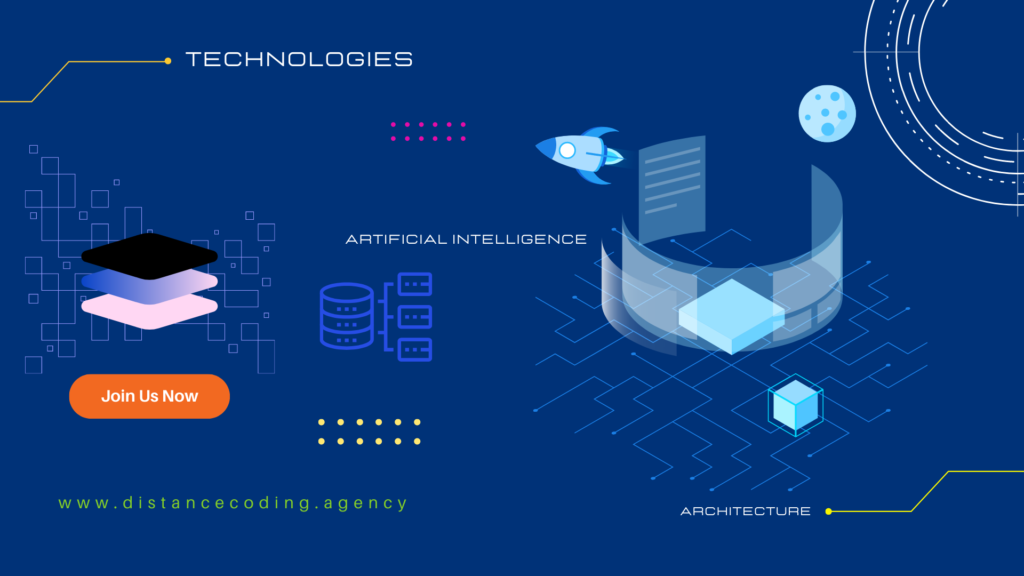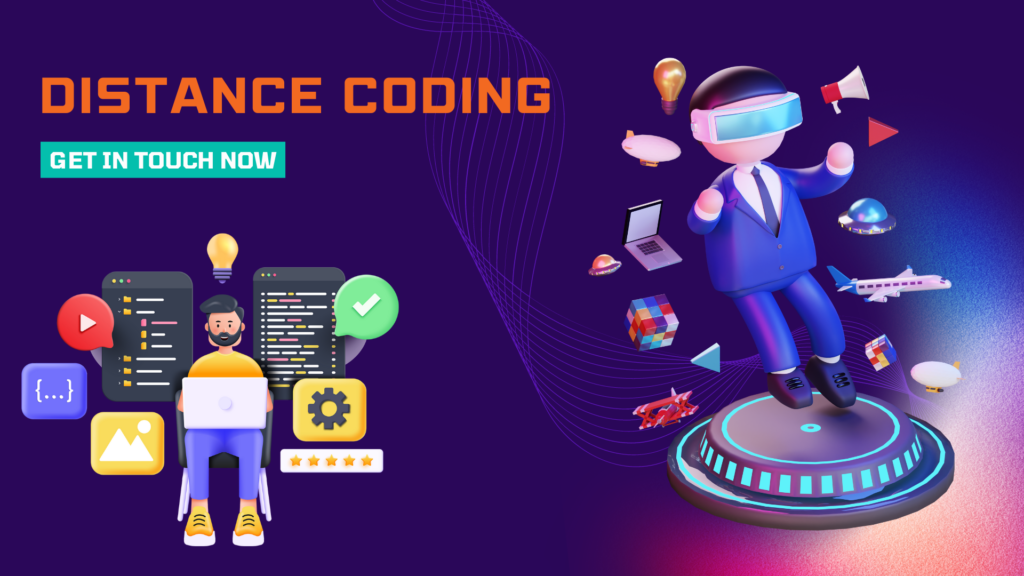
Welcome, hybrid enthusiasts! In this blog, we will embark on a quest to unravel the secrets of hybrid mobile application development. We’ll not only explore the architecture that underpins hybrid apps but also navigate the captivating tech stack and technologies associated with them.

Understanding the concept of Hybrid Applications
Unlike native apps that are developed directly on a specific platform, hybrid apps take a different path. They are crafted using familiar web technologies like JavaScript, HTML5, and CSS. Think of them as the cool kids who hang out in both the web and native worlds, leveraging the strengths of each.
One of the perks of hybrid apps is their ability to blend seamlessly with the platform’s design choices. They dress to impress, with design elements that match and stay consistent with the native aesthetic. It’s like wearing a disguise that perfectly blends into any crowd!
Moreover, hybrid apps enjoy access to a wide and clearly defined set of APIs. They have a VIP pass to the device’s main features, allowing them to interact with functionalities like the camera, GPS, and more. It’s like having a backstage pass to the hottest concert in town!
The greatest advantage of hybrid apps lies in their simplified codebase. Instead of juggling multiple codebases for different platforms, you only need to manage one set of code. This simplifies maintenance and updates, keeping costs and development times lower. Plus, when it’s time to scale, you can release your app to all platforms simultaneously with minimal customizations. It’s like having a magic wand that streamlines your app’s growth!
But, my friend, every magic trick comes with a trade-off. Hybrid apps may not perform as smoothly as their native counterparts. Since they are not written in the platform’s default language, they may not reach the pinnacle of efficiency on that specific platform. Consistency across platforms can also be a tricky feat, as differences between devices may cause some generalized features to stumble. It’s like walking a tightrope with a few wobbly steps along the way.
Ultimately, the choice between hybrid and native apps depends on your project’s unique requirements and priorities. If simplicity, cost-effectiveness, and a broad reach are at the top of your list, hybrid apps may be your magical solution. Just remember to manage performance expectations and handle platform variations with care. Abracadabra, and let the app-building adventure begin!
Now, get ready to equip yourself with the knowledge of both architectural prowess and the technological wonders that bring your app to life.

Hybrid Harmony: Crafting the Architecture and Tech Stack for Powerful Hybrid Mobile Apps
The Hybrid Architecture – Uniting Web and Native Forces
Hybrid apps are a fusion of web and native technologies, combining the power of both worlds. At their core, they run as web apps but are wrapped in a native shell to provide an app-like experience. Let’s dive into the architecture that drives these marvels!
Tech Stack:
– Language: JavaScript
– Frameworks: React Native, Flutter, Ionic
– Web Technologies: HTML5, CSS, JavaScript
– Native Shell: WebView component (e.g., UIWebView for iOS, WebView for Android)
Technologies:
– JavaScript: The backbone of hybrid apps, enabling interactivity and logic.
– React Native: A powerful framework that allows building hybrid apps using JavaScript and native components.
– Flutter: Another robust framework for creating hybrid apps, providing a rich set of UI components and seamless performance.
– Ionic: A popular framework that utilizes web technologies to create hybrid apps with a native-like appearance and feel.
– HTML5, CSS, and JavaScript: The trio that forms the foundation of web technologies, allowing for web-like content and user interface in hybrid apps.
– WebView component: The native shell that wraps the web app and renders it within a native environment.
Advantages and Considerations of Hybrid Apps
Advantages:
1. Code Reusability: Hybrid apps offer a significant advantage by enabling code sharing across multiple platforms, resulting in faster development and reduced effort.
2. Access to Native Features: With hybrid apps, you can tap into device-specific features, such as camera, GPS, or accelerometer, using plugins or native APIs.
3. Faster Prototyping: Hybrid apps allow for rapid prototyping and iterative development, making it easier to refine and improve your app.
Considerations:
1. Performance: While hybrid apps have come a long way, they may not match the performance of fully native apps for certain complex scenarios.
2. Native-like UI/UX: Achieving a truly native look and feel can be challenging in hybrid apps, as it requires customization and adaptation to each platform’s design patterns.
3. Plugin Reliance: To access native features, hybrid apps rely on plugins, which may introduce dependencies and require maintenance.
Choosing the Right Tech Stack and Framework
1. React Native:
Tech Stack: JavaScript, React Native, HTML5, CSS, WebView
Use Case: Ideal for apps requiring a native-like experience with strong community support and a vast ecosystem of libraries.
2. Flutter:
Tech Stack: Dart, Flutter, WebView
Use Case: Well-suited for building highly performant hybrid apps with a visually rich UI and smooth animations.
3. Ionic:
Tech Stack: JavaScript, Angular, Ionic Framework, HTML5, CSS, WebView
Use Case: Perfect for web developers familiar with Angular, seeking to build hybrid apps with a native-like appearance and feel.

As we conclude this chapter, you now possess a comprehensive understanding of hybrid app architecture and the tech stack associated with it. By blending web technologies, JavaScript, and native shells, you can create powerful hybrid apps that harness the best of both worlds.
Choose your tech stack wisely, considering factors like developer expertise, project requirements, and desired native feature access. With the right combination of frameworks, languages, and web technologies, you’ll embark on a hybrid adventure that bridges the gap between web and native, creating apps that astonish and captivate users across platforms. Happy hybrid app development!
Contact Distance Coding https://calendly.com/distancecoding/30min today to discuss your unique needs and discover tailored solutions that align with your goals. We are here to help. Let’s talk and get to know each other. Looking forward to hearing from you.
Distance Coding – www.distancecoding.agency




